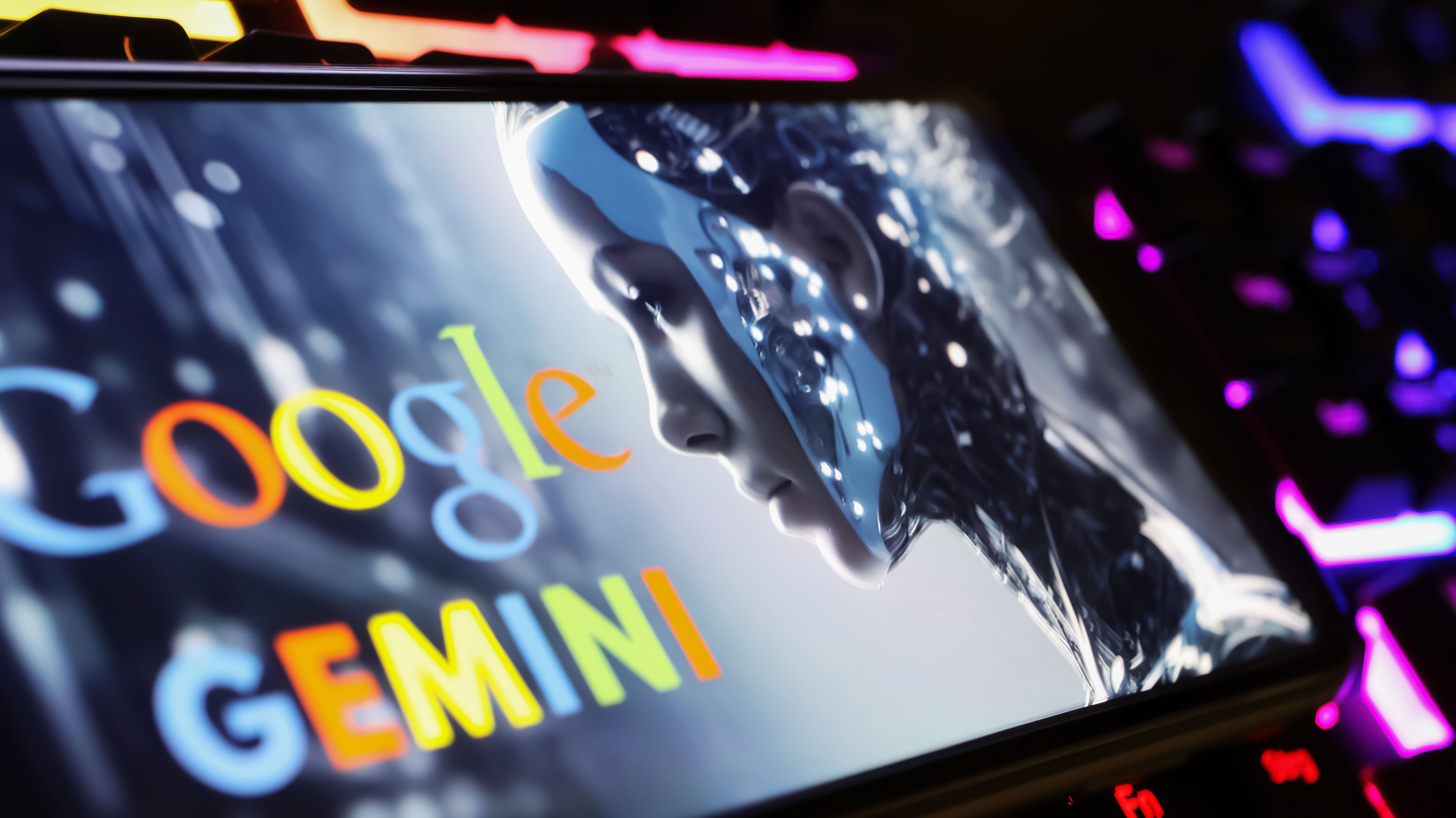Google has added a suite of generative features to its video creation platform, Google Vids, turning it into a practical tool for teams looking to produce content without cameras, crews, or editing software (The Keywords, 2025).
The platform now supports animated still images, digital avatars that deliver scripted content, and automatic removal of filler words in recorded speech. These updates aim to reduce production time and lower the barrier for internal training videos, product explainers, and marketing content.
The tool’s new image-to-video function, powered by Veo, lets users upload a static image and describe the desired motion. In seconds, the system produces a short, animated clip with sound for teams that prefer not to appear on camera or need a consistent presenter across content. Google has added AI avatars, or virtual speakers, which can read any script and are available in multiple voice and visual styles. Combined with transcript-based editing tools, Google Vids now offers a streamlined production pipeline that requires minimal technical skill.
Usage is already scaling. According to Google, Vids surpassed one million monthly active users shortly after launch. The platform has been rolled out across more Workspace accounts, and a free version of the editor is now available to individual users. In parallel, the company has launched “Vids on Vids,” a tutorial series designed to help new users get up to speed quickly. Several companies, including Mercer International and Fullstory, have already adopted the platform to replace more expensive or slower production workflows.
These developments align with a broader trend: video is becoming essential in business communication, from onboarding to marketing. But there are risks. Tools that simplify video creation also make it easier to produce misleading content. Deepfakes no longer require advanced tools or deep technical knowledge, just a few lines of text and a stock photo. As generative avatars improve in realism, the line between authentic and synthetic communication becomes harder to draw.
Misuse is already surfacing. Researchers and media outlets have demonstrated how these tools can be used to impersonate public figures or fabricate scenarios that appear credible at first glance (NPR, 2025). Without clear disclosure policies or content verification layers, videos created for internal updates could easily be repurposed or misrepresented in public contexts.
There are also unresolved questions around bias and representation. AI avatars and voice models often reflect cultural assumptions embedded in training data, which can lead to tone-deaf or exclusionary outputs. For organisations building video content across global markets, this raises real concerns about how messages are interpreted and by whom.
Google has yet to announce a formal policy framework for how it addresses these issues within Vids. So far, content moderation, watermarking, and disclosure standards remain inconsistent across platforms. As these tools move from experiment to enterprise staple, companies relying on them will need internal safeguards: editorial review, usage policies, and legal guidance to ensure that speed doesn’t come at the expense of trust.
For now, Google Vids offers an impressive level of output with minimal friction. It reduces cost, improves turnaround times, and brings video creation within reach for more teams. But tools that simplify communication at scale also increase exposure. In the race to produce more content faster, clear thinking and firm guardrails will prove more valuable than ever.
.png?width=1816&height=566&name=brandmark-design%20(83).png)



